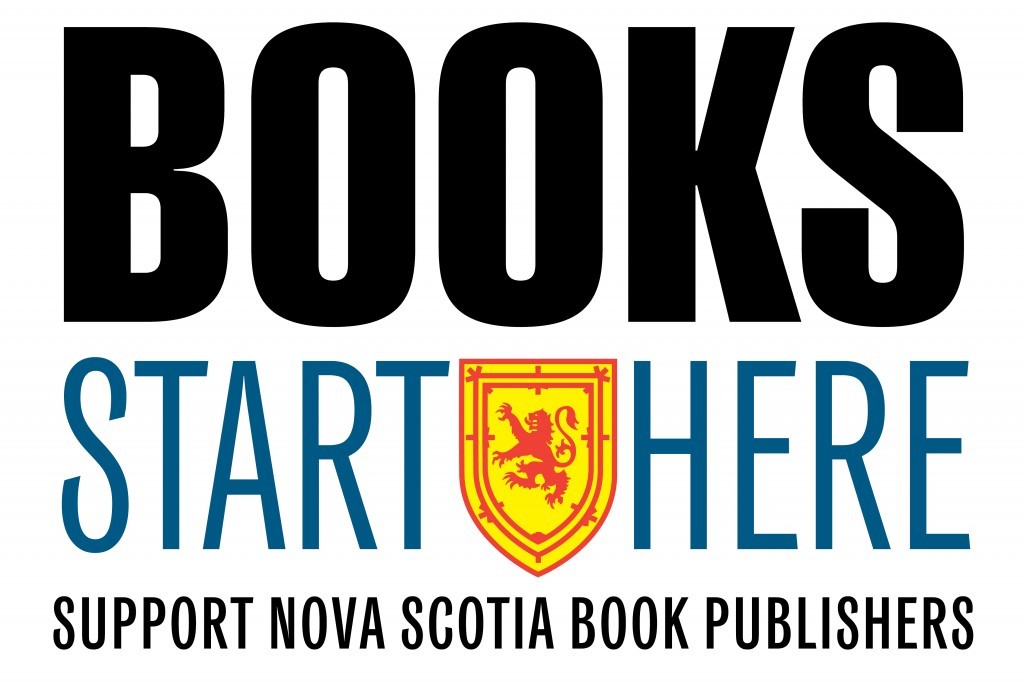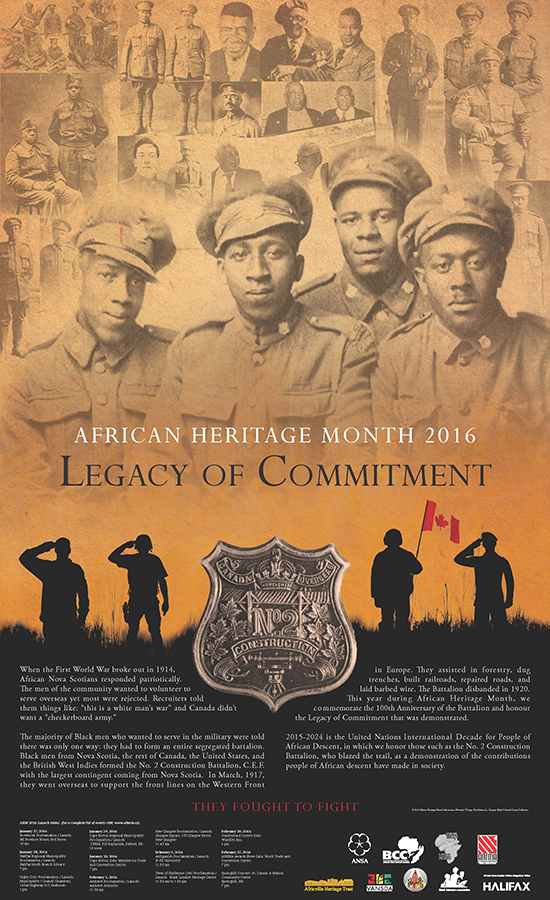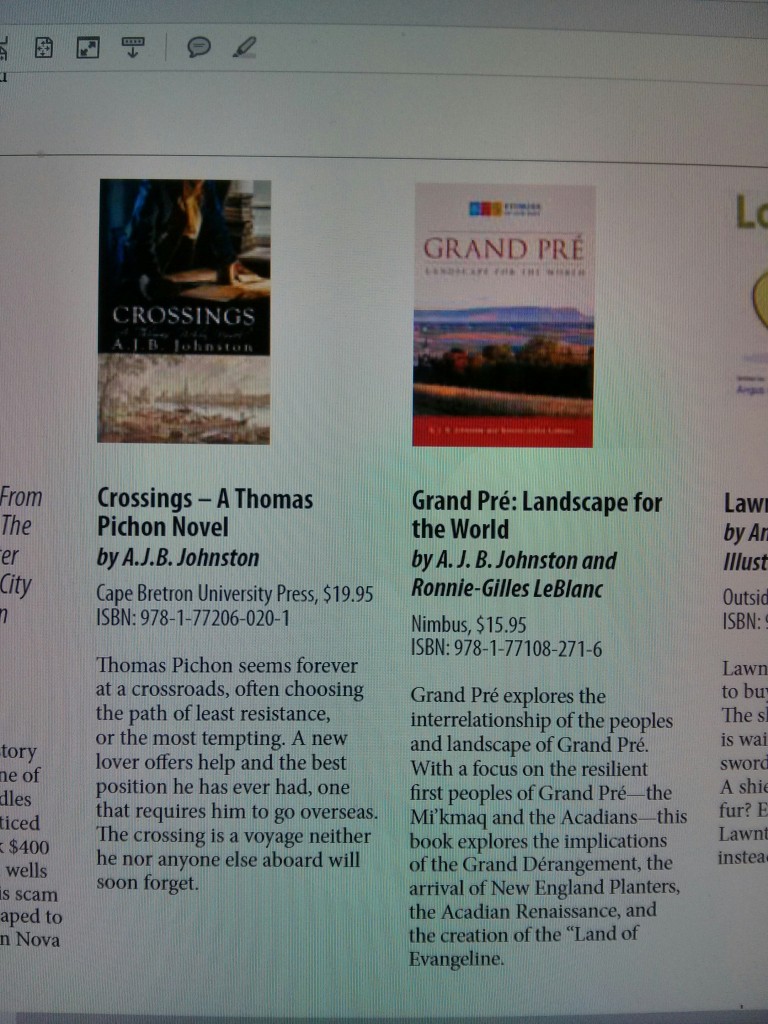
I mentioned in an earlier post that I am currently taking a break from completing the fourth and final Thomas Pichon Novel by writing a period fiction set in a different era. Once again, as with Pichon, I am again using a historical figure as my starting point. This time round that figure is Katharine McLennan (1892-1975).
Katharine and the McLennan family were topics I wrote about thirty years ago as a Parks Canada historian at the Fortress of Louisbourg. This was long before I had any inclination to cast her and her family in any kind of fictional light. Those earlier writings appeared in two collections of Cape Breton historical essays edited by Ken Donovan, a piece on “Lady Artists of Cape Breton” in the Canadian Collector magazine, and in an exhibit catalogue for the 1983 “Three Ladies” art exhibit mounted in the art gallery of what was then called the University College of Cape Breton.
About a decade ago I began to write what I thought was a biography of Katharine, with the intention of starting out with a glimpse of her adventures in France during the First World War. I fooled around with different openings until I came up with one I thought might work. I asked Mary to listen to the first few lines to see what she thought. She said: “It sounds like a novel.” I re-read what I had written. Sure enough, Mary was right.
I cannot explain where exactly novels come from, except maybe from the same part of the brain that conjures dreams. In any case, I had no intention to fictionalize Katharine McLennan’s life, or a portion thereof, but it happened all by itself. And I decided to follow where that instinct led. The first few drafts of the novel — I now see looking back — were not very polished. The process of writing the three Thomas Pichon Novels has taught me a lot. I think what I am currently working on is much better.
A few more weeks of writing should see the completion of “Something True”, and then it’ll be up to a press to judge what merit it has.
Regardless of how that next step plays out, I’d like to thank the many people (some of whom have passed away) and institutions who provided me with background information on Katharine McLennan and her family back when I was exclusively an historian back in the 1980s. I apologize to anyone I am inadvertently leaving out.
Individuals: Don Arseneau, Margaret Cameron, Mrs. E.R.E. Chaffey, Nina Cohen, Herb and Sally Cryar, Louise Farley, Art Fennell, Mary Fraser, Barry Gabriel, Madame George Garneau, Heather Gillis, Dolly Hood (née Bannister), Helen Kendall, John Kendall, Eric Krause, Harvey Lewis, Kathleen MacKenzie, John McLennan Jr., Ian MacIntosh, Eldie Mickel, Robert J. Morgan, Allister Ross, Catherine Smith, Karen Smith, Margaret Smith, Jack Stephens, Alex Storm and Fred Thorpe.
Institutions: Beaton Institute (Cape Breton University), Cambridge University, Dalhousie University, McConnell Library (Cape Breton Regional Library), McCord Museum of Canadian History, McGill University, National Archives of Canada, New Brunswick Museum, Parks Canada National Office, Progressive Conservative Party of Canada, the School of the Art Institute of Chicago, and the St. Francis Xavier University Archives.
All the material I collected and the research notes I generated about the McLennans I placed in the Archives of the Fortress of Louisbourg when I left there in 2000. I suspect, but do not know for sure, that all that material was later passed on to the Beaton Institute.










